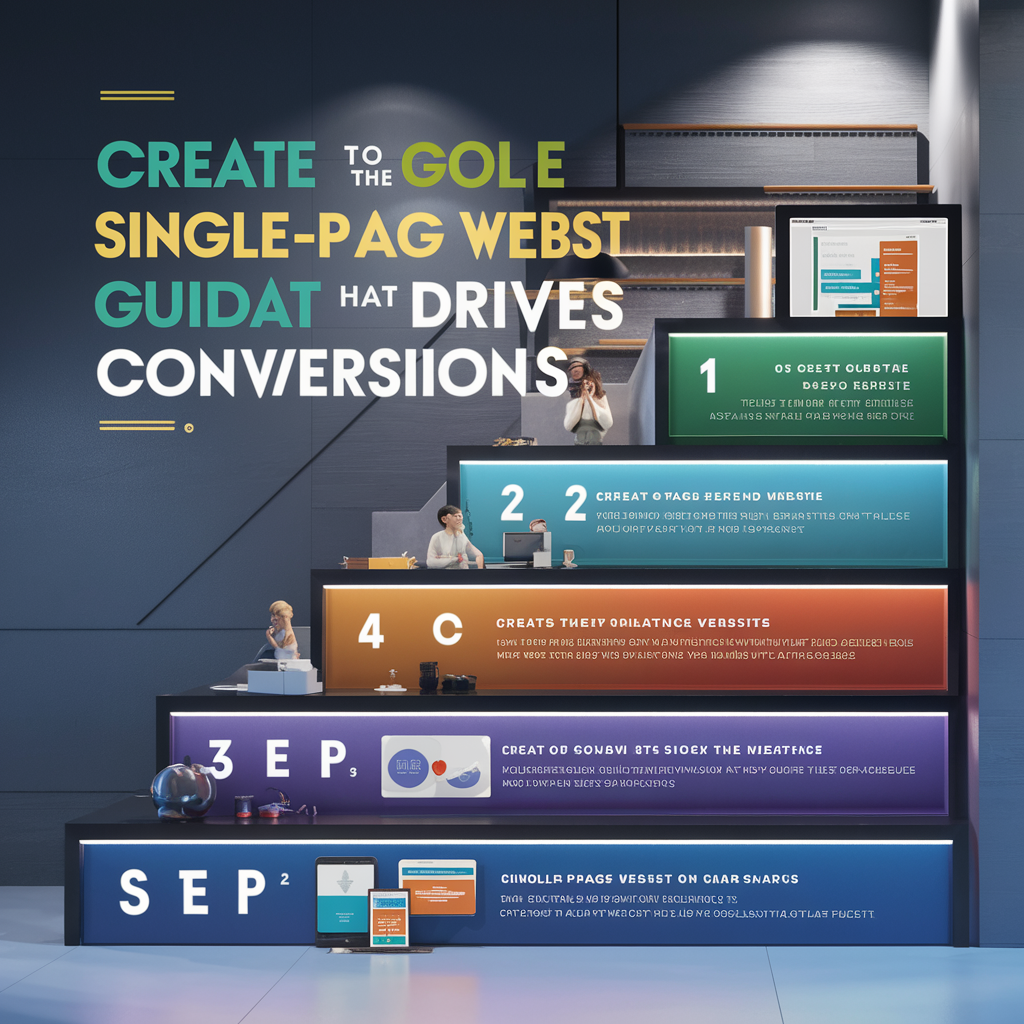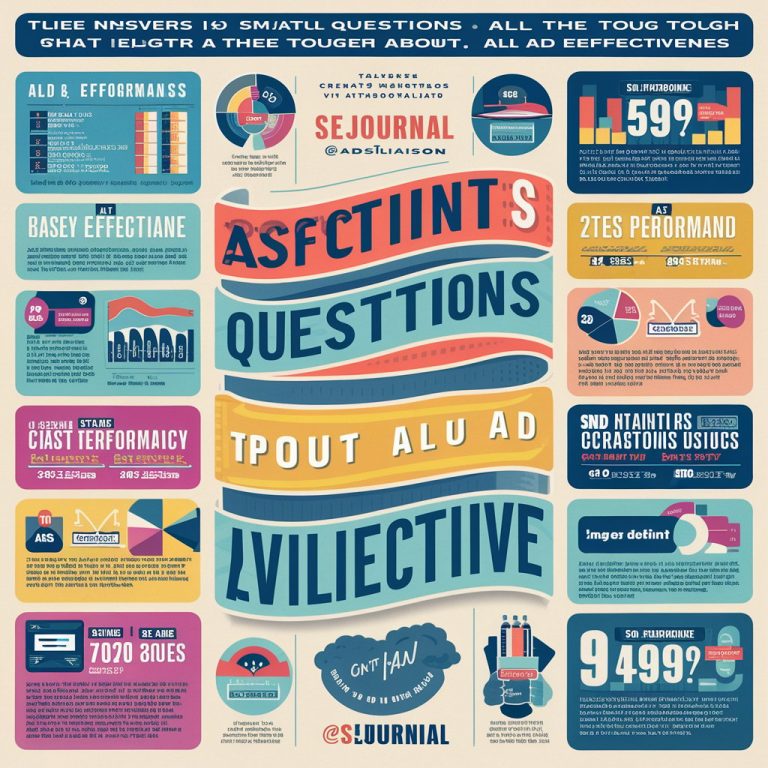How to Create a Single-Page Website That Drives Conversions

Building a single-page website that effectively leads to conversions requires strategic planning and execution. Here’s a guide to help you create a high-converting single-page site.
Define Your Goal
First, identify the primary goal of your website. Whether it’s collecting email addresses, selling a product, or getting users to sign up for a service, having a clear objective will guide the design and content of your page.
Create a Compelling Headline
Your headline is the first thing visitors will see, so it needs to grab their attention immediately. Make it clear, concise, and focused on the benefits your offer provides.
Craft Engaging Content
Keep your content concise and to the point. Highlight the key benefits of your product or service. Use bullet points, short paragraphs, and visuals to make the content easy to digest.
Include Strong Calls to Action (CTAs)
Your CTAs should stand out and be placed strategically throughout the page. Use actionable language like “Sign Up Now,” “Get Started,” or “Learn More.” Make sure they are easy to find and click on.
Optimize for Mobile
A significant portion of your visitors will be on mobile devices. Ensure your single-page website is fully responsive and provides a seamless experience on all screen sizes.
Use Visuals Wisely
High-quality images and videos can help convey your message more effectively. Use visuals to highlight key features, demonstrate your product, or tell a story that resonates with your audience.
Build Trust
Incorporate elements that build trust, such as customer testimonials, reviews, trust badges, and any relevant certifications or awards. These can help reassure visitors of your credibility and reliability.
Simplify Navigation
Since it’s a single-page website, navigation should be straightforward. Use anchor links to guide visitors to different sections of the page and ensure a smooth browsing experience.
Optimize Load Times
Page load speed is critical for user experience and conversions. Optimize images, leverage browser caching, and use a content delivery network (CDN) to ensure your site loads quickly.
Test and Optimize
Once your site is live, continually test different elements to see what works best. Use A/B testing to compare variations of headlines, CTAs, images, and other elements. Analyze the data and optimize your page based on the results.
By following these steps, you can create a single-page website that effectively drives conversions and meets your business objectives.





